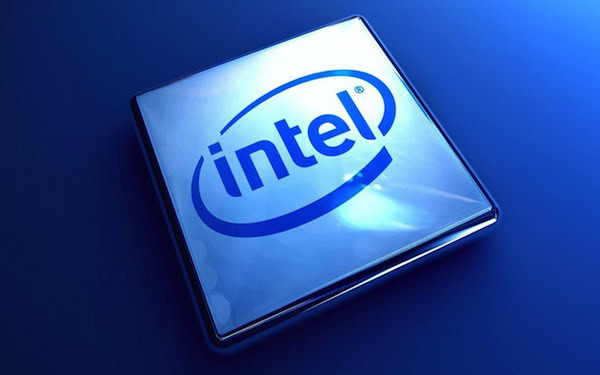Affiliate links on Android Authority may earn us a commission. Learn more.
Looking forward: Intel to move away from silicon chips at 7nm

Intel plans to address the state of their 14nm, 10nm and future 7nm chips at the International Solid-State Circuits Conference (ISSCC) this year. While the majority of their presentation will be focused around their current 14nm chips, the company plans to discuss how it will continue the journey 10nm and even to 7nm in the years to come.
Intel’s 14nm technology is what we have access to currently, and the first chips based on the 10nm process won’t be available to the public until early 2017. Moving from 14nm to the 10nm manufacturing node is a difficult process, though Intel supposedly has a way to further their technology into smaller, lighter chips. But what’s more interesting than the future 10nm tech is the move to 7nm. To make chips that small, Intel says they’ll need to recruit the help from new materials, which means that 10nm chips will likely be as far as silicon takes us. Some reports state that the replacement material for silicon will be a III-V semiconductor like indium gallium arsenide (InGaAs), though Intel hasn’t commented on silicon’s replacement yet. The shift to III-V semiconductors, or whatever material the company plans to use, will allow the chips to consume less power while integrating more features into a single die.
Moreover, the company plans to continue Moore’s Law as they journey to 7nm chips. Moore’s Law is an ideal thought up by Gordon Moore, the company’s co-founder, that states that the number of transistors incorporated in a chip will approximately double every 24 months.
Intel was forced to delay their 14nm Broadwell chips by several months due to manufacturing issues. But Intel executive Mark Bohr plans to address this issue at ISSCC 2015. When asked about the delays, Bohr stated:
I think we may have underestimated the learning rate—when you have a technology that adds many more masks, as 14[nm] did…it takes longer to execute experiments in the fab and get information turned, as we describe it. That slowed us down more than we expected and thus it took longer to fix the yields. But we’re into high yields now, and in production on more than one product, with many more to come later this year.
Intel remains confident that the new 10nm chips won’t be delayed upon launch, and that the pilot 10nm manufacturing line is running around 50% faster than that of the 14nm chips. As for how the eventual move to 7nm relates to mobile? While the affects of a move away from silicon will first be seen by desktop and laptop devices, it’s only a matter of time before mobile chips follow suit.